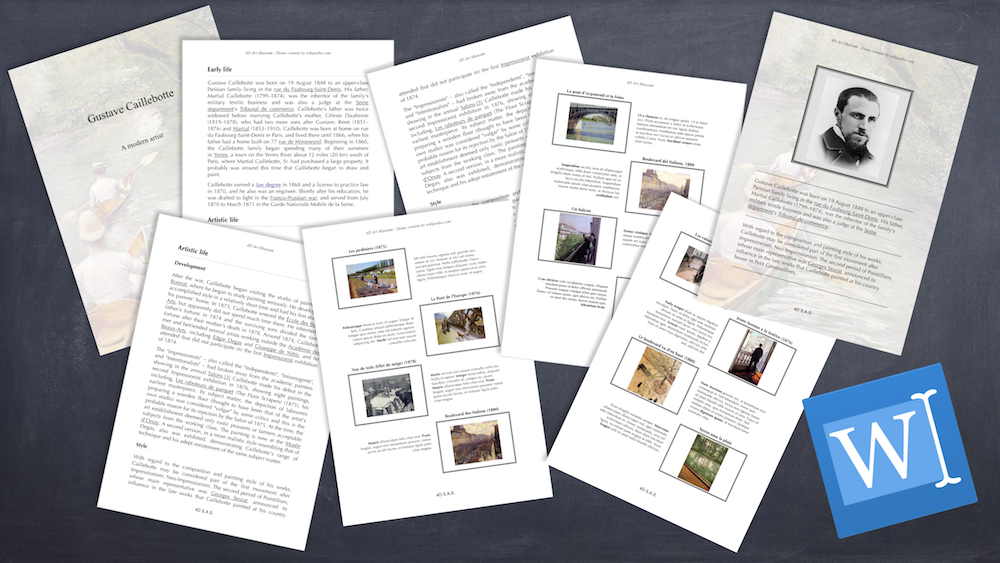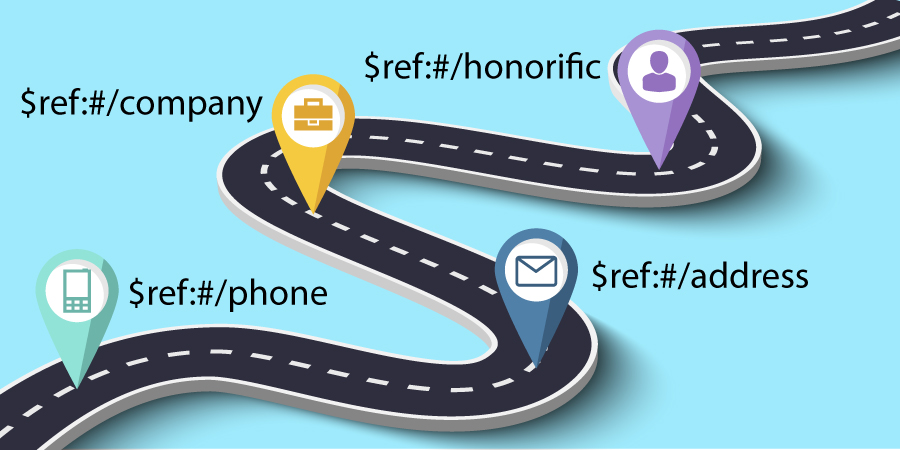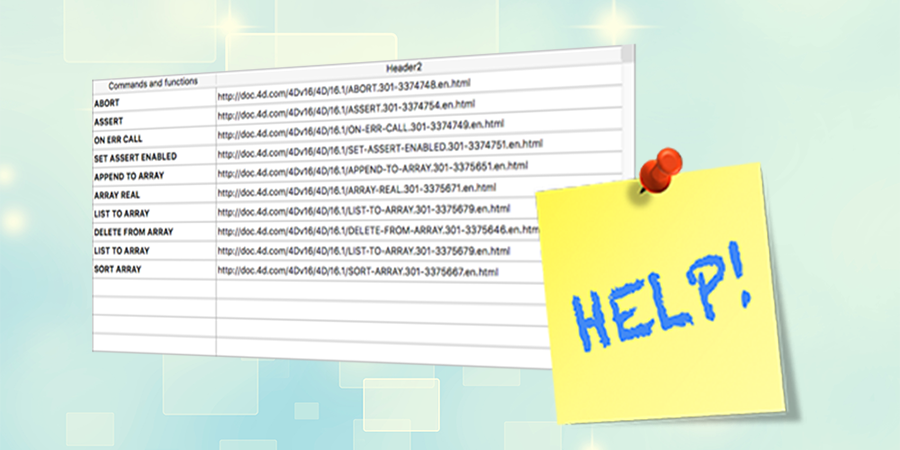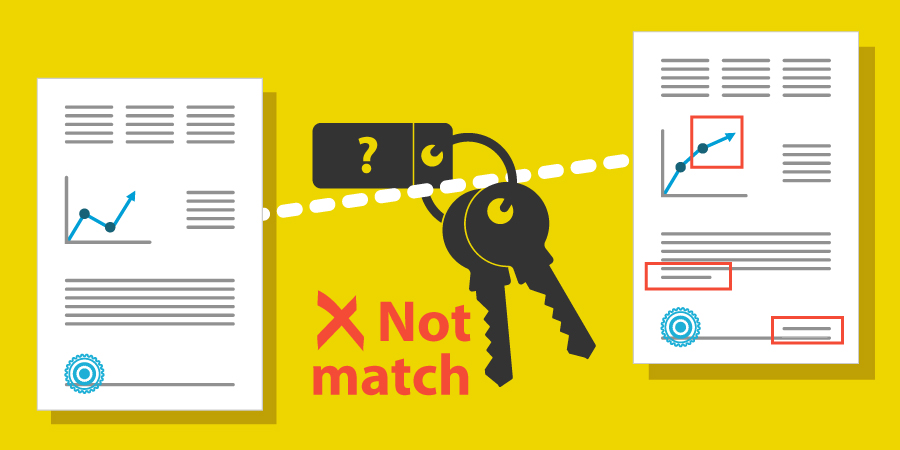Create a 4D Write Pro brochure in 5 minutes!
Check out our video showing how easy it is to create an elegant brochure with 4D Write Pro, including the painter’s bio (his life, references and so on), as well as a collection of his paintings accompanied by descriptions. Finally, you’ll learn how to easily add a different front and back cover to complete the brochure.
Of course, creating other kinds of brochures, i.e. for real estate agencies, pharmaceutical laboratories, travel agencies, etc… is just as simple. So take a look and start coding now!
Fresh icons for Form Wizard
Sometimes little things can have a big impact … and it turns out that these little things we call icons are kind of important when it comes to today’s interfaces. That’s why 4D v16 R5 comes with a fresh set of icons available with the Form Wizard. These simple, flat and modern icons adapt perfectly to the macOS and Windows platforms.
Enhancement of Get process activity command
The Get process activity command, added with 4D v16 R4, makes it possible to retrieve a list of running processes and connected users. With 4D v16 R5 we’ve further enhanced the command to make parsing the results easier. In addition to that, a new systemID attribute has been added to uniquely identify any process, whatever its type: user, 4D or spare.
New command to get Web Server information
This feature is another way of providing you the ability to create your own server administration dialog. Following the ability to retrieve information for all processes (added in 4D v16 R4), we are now offering you a new command which returns, as a whole, all runtime information about 4D Web server.
With 4D v16 R5, retrieving web server information has never been easier, thanks to a single command: WEB Get server info.
4D Write Pro now supports picture expressions
This blog post explores a 4D Write Pro-related functionality which will help you with the creation of complex documents, programmatically. Documents that can be either printed or sent by email.
An expression can now be a Picture! Handling pictures in your 4D Write Pro documents is becoming easier, offering vast possibilities. From now on, any expression returning a picture can be inserted. The most obvious cases are fields and variables, but it goes also for 4D functions and, last but not least, your own methods!
Happy Halloween!
Know what’s scary this Halloween?…Creating apps without 4D!
Working with JSON Pointers
In 4D v16 R4, we enriched object commands so you can validate JSON objects. 4D v16 R5 is going even further by introducing the support of JSON pointers. Great – but what is a JSON pointer and what can I do with it?
Just like you don’t store company details for each employee in a database record (using a link to the company record instead), it can be really useful to structure a JSON document with parts that can be reused in a number of places.
For instance, let’s take an example of a website order; the customer enters the shipping address and designates the billing address as the same. Instead of duplicating the address information, we can define the shipping address as a reference to the the billing address.
Full size background pictures with 4D Write Pro
There are common user stories where there is a need to have a background image fill the entire printable area, such as paper-folding lines or a watermark. It’s also sometimes required by a company’s graphic charter.
Thanks to a newly added style for background images, it is now possible to create background pictures filling the full page in 4D Write Pro! You can control this attribute, by either the 4D language or standard actions, or even by using the 4D Write Pro widget.
Help tips on list boxes!
Help tips or hints are very useful, as they simplify the user interface and help users understand objects that sometimes aren’t self-evident. 4D supports help tips in most areas and inputs when hovering the pointer over them, but that was not the case with a list box object.
With 4D v16 R5 we have added the possibility to display a help tip on a list box cell thanks to the enrichment of two commands.
Generate digest now supports SHA-2
The digest functions are mathematical functions that compute a digest key for a document. Identical documents have the same digest key; if you change part of the document, the digest key is different. These functions are very useful for checking data integrity when you exchange or compare data. In 4D v16 R5, 4D has enhanced the Generate digest command to support SHA-2 algorithms following security recommendations.
Contact us
Got a question, suggestion or just want to get in touch with the 4D bloggers? Drop us a line!
* Your privacy is very important to us. Please click here to view our Policy









